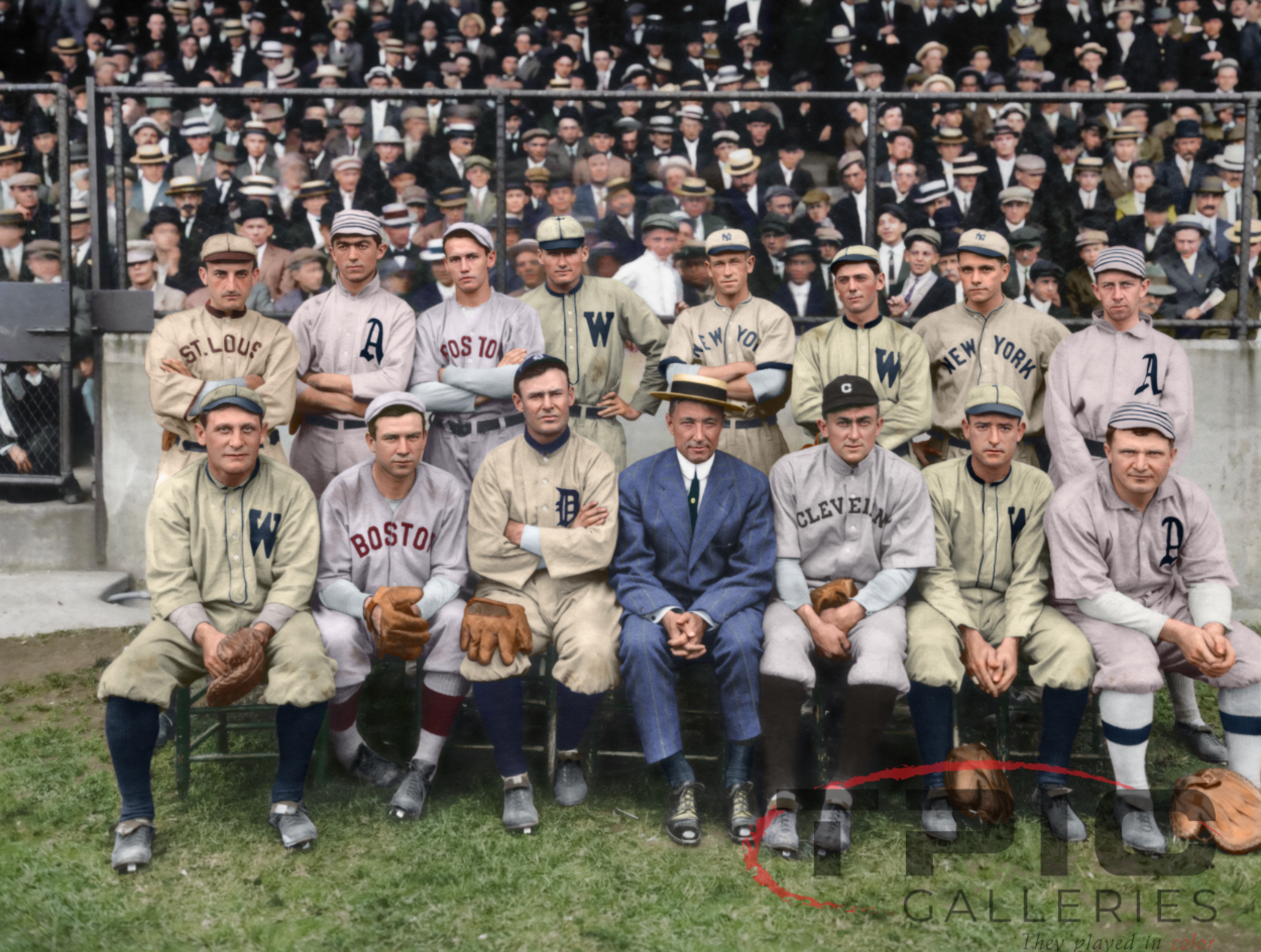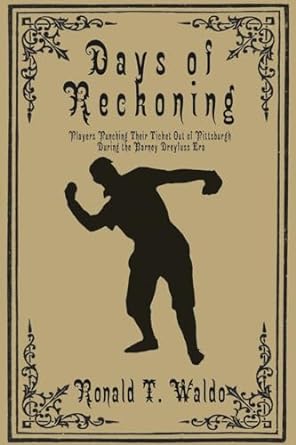Featured Photo Above:
Addie Joos Benefit Game, July 24, 1911
(Color Restoration by Chris Whitehouse of They Played in Color website)
Baseball History Comes Alive Now Ranked As a Top Five Website by Feedspot Among All Baseball History Websites and Blogs!
(Check out Feedspot's list of the Top 35 Baseball History websites and blogs)

Guest Submissions from Our Readers Always Welcome! Click for details
Scroll Down to Read Today’s Essay
Subscribe to Baseball History Comes Alive for automatic updates. As a Free Bonus, you’ll get instant access to my Special Report: Gary’s Handy Dandy World Series Reference Guide!
Days of Reckoning:
Players Punching TheirTicket Out of Pittsburgh During the Barney Dreyfuss Era,
by
Author Ron Waldo
(Reviewed by Gary Livacari)
Those of us who have read Author Ron Waldo’s previous books know him to be a skilled writer and accomplished baseball historian. With the publication of his latest book, Days of Reckoning: Players Punching Their Ticket Out of Pittsburgh During the Barney Dreyfus Era (Sunbury Press, 2023), he now emerges as a top-notch baseball researcher, while solidifying his well-earned reputation as the preeminent authority on the history of the Pittsburgh Pirates.
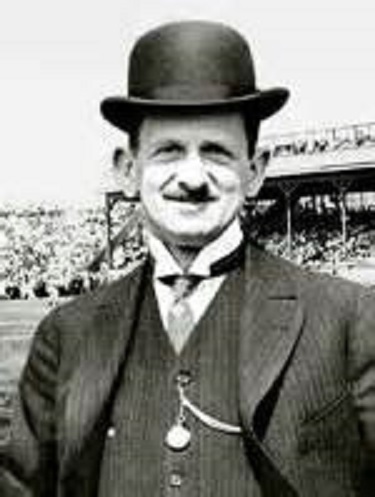
The theme of the book is Barney Dreyfuss’s tenure as the highly successful owner of the Pirates, starting with his days in the Louisville Colonial organization in the 1890s until his death in 1932. Along the journey, all the successes and failures experienced by a major league franchise over a span of thirty-plus years are on full display. To put it mildly, Ron has done his homework with his characteristically exhaustive research. It would be hard to imagine a more thorough examination of this era of baseball history than what Ron Waldo offers us in this important work.
Under Dreyfuss’s leadership, the Pirates won six pennants and two World Series championships. The Barney Dreyfuss who emerges from the pages of Days of Reckoning was a shrewd judge of both baseball talent and moral character, at once devoted to the Pirate organization and to the game itself. He was respected throughout baseball circles as a competent, straight-shooting businessman who knew how to run a profitable baseball organization.
As Ron describes so vividly, running a major league team during the game’s formative years was no easy task. Contending with the supposed “treachery” of the newly formed American League attempting to steal players made life especially difficult for National League owners. Later, dealing with gamblers in the stands tormenting players presented other challenges. Personnel problems would pop up repeatedly, as if on a predetermined schedule. Ron Waldo chronicles all this in his interesting, year-by-year review of the Barney Dreyfuss era.
Barney always seemed able to strike the fairest, most level-headed tone in response to potentially volatile situations. But make no mistake: he would not tolerate unwarranted dissension or inappropriate behavior. This could take the form of extravagant contract demands, extended holdouts, indifferent play, or any conduct that brought disrepute to the organization. Other times, it was problems stemming from a player failing to live up to potential. Barney made his red lines very clear. If a player exhibited antics Barney viewed as detrimental to the Pittsburgh Pirates, the result would always be the same: a one-way ticket out of town. This attitude is made very clear in Ron Waldo’s introduction:
From Rube Waddell in 1901 to Dick Bartell in 1930, many players wore out their welcome wearing a Pittsburgh uniform during the Barney Dreyfuss ownership era. Players sometimes clashed with the manager, whether Fred Clarke during the first decade of the twentieth century or Donie Bush in 1927…One thing usually results when problems develop. Those individuals at odds with club management and ownership make the journey to a new baseball environment…Characters can never compromise team unity and diamond success by exhibiting poor behavior or not conforming to those wielding supreme power. (1)
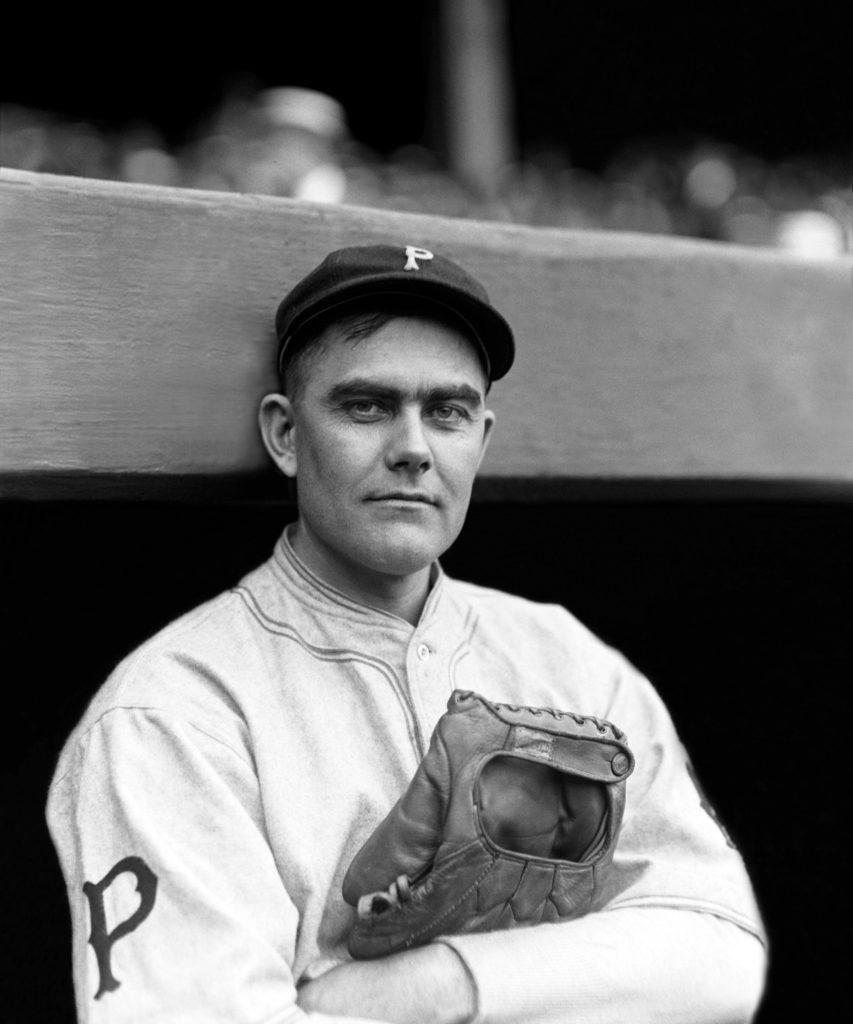
The list of players shipped out during Barney Dreyfuss’s tenure was long. An All-Star team could easily be assembled from among them. Some, like Rude Waddell, Jack Chesboro, Vic Willis, Rabbit Maranville, Max Carey, and Kiki Cuyler, would become Hall of Famers. But ability didn’t matter. If Barney decided the player’s conduct was harmful, he had to go. Others on the banished list with various offenses included Bones Ely, Jesse Tannehill, Kitty Bransfield, Jack O’Connor, Claude Richey, Al Mamaux, Possum Whited, Babe Adams, Vic Aldridge, Glen Wright, and Dick Bartell. Ron Waldo’s description of the “fall from grace” of these players — each with a compelling story of their own to be told — made for fascinating reading, chapter after chapter.
For me, the high point of Days of Reckoning was Waldo’s in-depth examination of the August, 1926 “ABC Affair” and all its detrimental ramifications. ABC stood for the three players purported to be the ringleaders of the “mutiny”: Babe Adams, Carson Bigbe, and Max Carey. Barney Dreyfuss didn’t make many mistakes in his years as club president, but his decision to bring back Fred Clarke in 1925 to sit in uniform on the Pirates’ bench next to rookie manager Bill McKechnie had to rank as his worst.
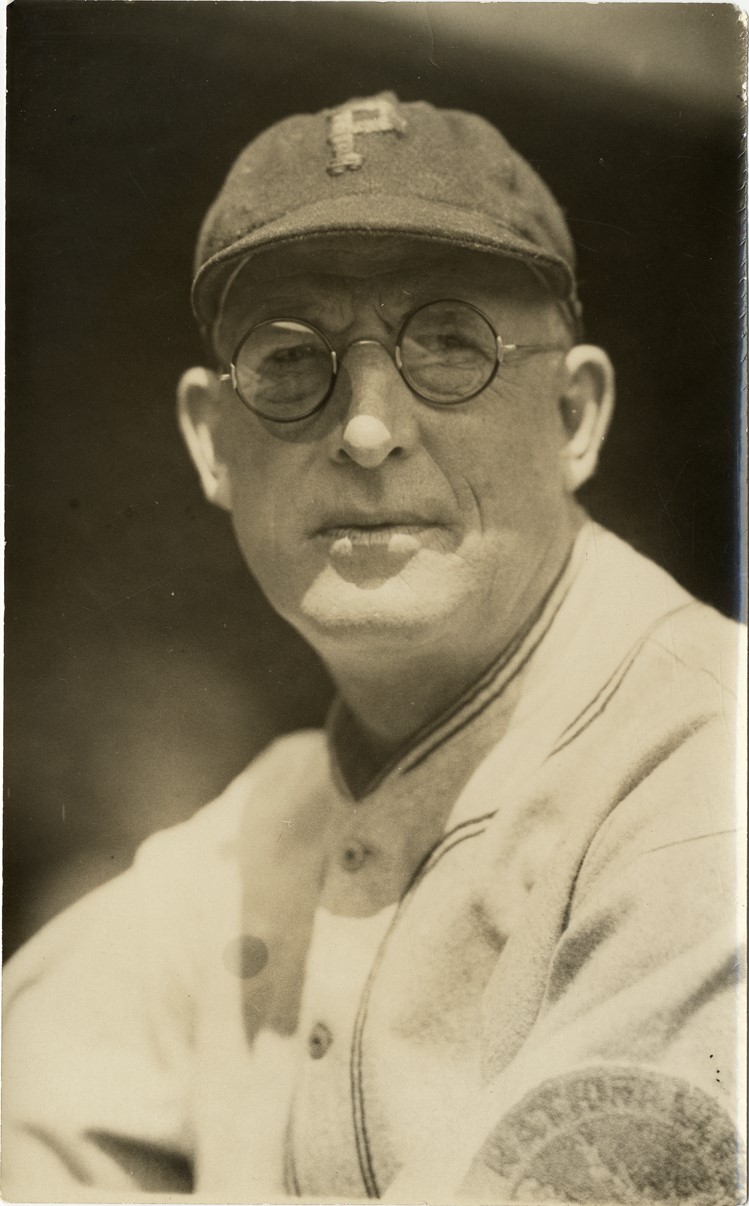
The team understandably resented Clarke’s presence, who, as a stockholder, was now considered part of management. The three veteran players — thinking they were acting honorably and in the team’s best interests — brought it to the attention of management. Unfortunately for them, by doing so, they had also bruised the ego of a team legend, Fred Clarke, who had been left in charge during Barney’s absence while on an extended European vacation. It was a trip I’m sure he soon came to regret. Clarke demanded that the three players be severely disciplined. There was little that rookie manager McKechnie could do to diffuse the situation. He had no choice but to support Clarke.
Barney had departed on his European excursion with the Pirates in first place, hoping to see them repeat as the National League pennant winner. He returned a few weeks later to find the team in complete disarray, with banishment of the three veteran players. The reader is left with the impression that had Barney been present, the situation would never have reached such a critical stage. Ron Waldo records the ramifications of this disastrous incident in great detail, giving all sides of the dispute ample coverage. I found myself turning page after page in eager anticipation of the final outcome. This is baseball writing at its finest.
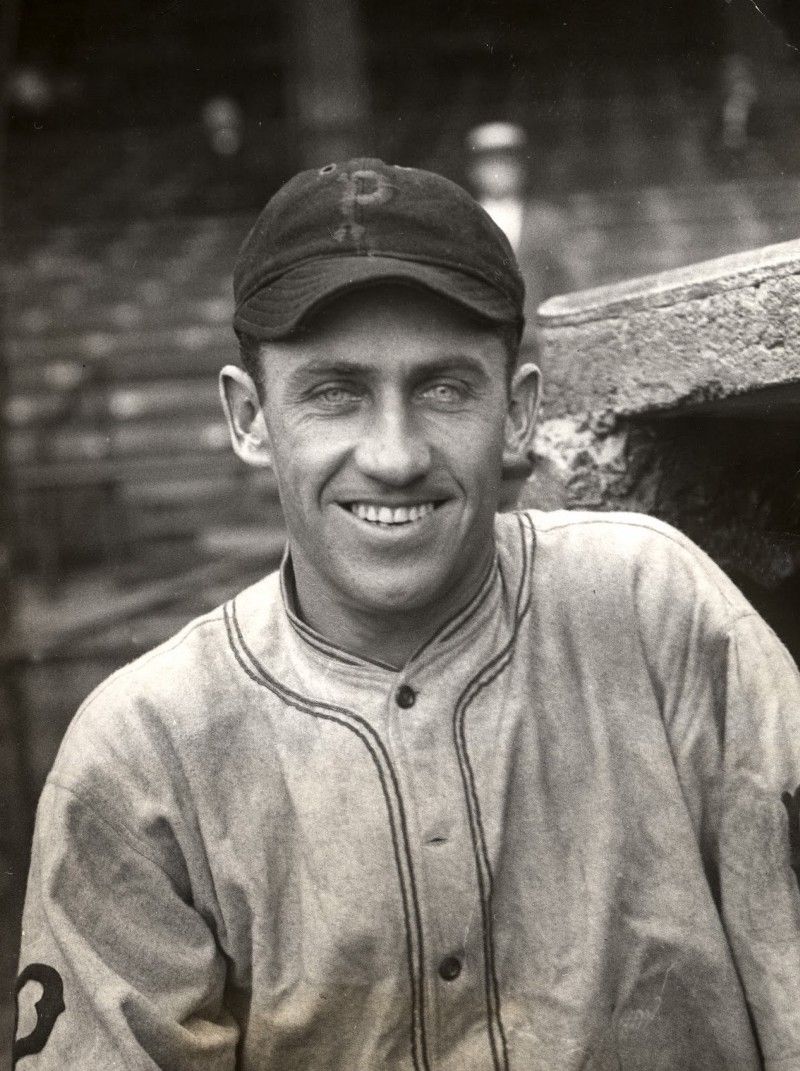
And as if this disaster wasn’t bad enough, it was followed in short order by another one in 1927: the feud between new manager Donie Bush and Kiki Cuyler, a hero of the 1925 World Series. It involved a clash of egos between an insecure, vindictive manager and a sensitive star. Cuyler was fined and subsequently benched for the final two months of the 1927 season after a series of supposed base running blunders. And then, almost inexplicably, Bush kept him on the bench for the entire 1927 World Series. Without their star player, the Pirates were no match for the powerful Yankees. From our vantage point many years later, it’s hard to image any manager keeping his best player on the bench for an entire World Series just for the satisfaction of proving a point. And yet, that’s exactly what Bush chose to do.
Ron Waldo makes clear that Barney Dreyfuss never recovered from the death of his son and heir apparent to the Pirates ownership, Sam Dreyfuss, who passed away unexpectedly on February 22, 1931 at the young age of 34. Barney himself would pass away less than a year later, on February 4, 1932 following complications from pneumonia. Ownership of the Pirates then fell to son-in-law Bill Benswanger.
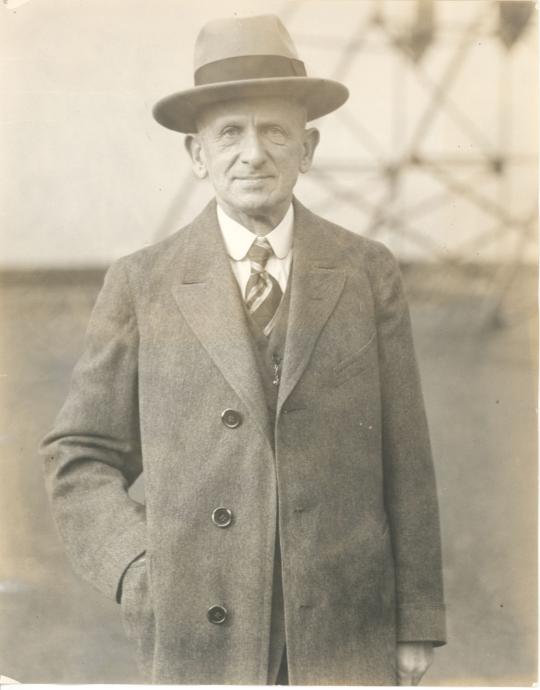
I’ve barely scratched the surface of all the interesting topics covered in Days of Reckoning. This well-written, well-edited book will hold the reader’s attention from the first page to the last. It will obviously have its greatest appeal to long-time Pirates fans, but it’s a book I can heartily recommend to all serious students of the game. Ron Waldo can add his latest book to the long list of outstanding contributions he’s made to baseball history.
Gary Livacari
Quote (1) from Days of Reckoning, page 1.
Subscribe to our website, Baseball History Comes Alive with over 1400 fully categorized baseball essays and photo galleries, now surpassing the one million hits mark with 1,120,000 hits and over 950 subscribers: https://wp.me/P7a04E-2he
